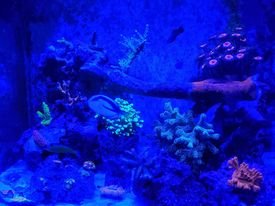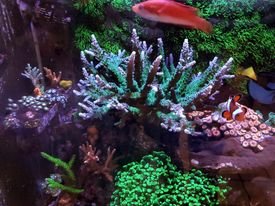Detecting elements in coral skeletons is zero evidence of biological role or utility. Many ions, perhaps nearly all, get accidentally incorporated into depositing calcium carbonate, whether it is done by a coral or simple abiotic (nonbiological) precipitation.
Even plutonium is incorporated into coral skeletons.
Do we need a biological role? What about observations?
Yes, I do understand corals have certain elements in their skeletons but at what amounts. Like I mentioned above, we’re taking bottles! Not just a minimal amount.





















